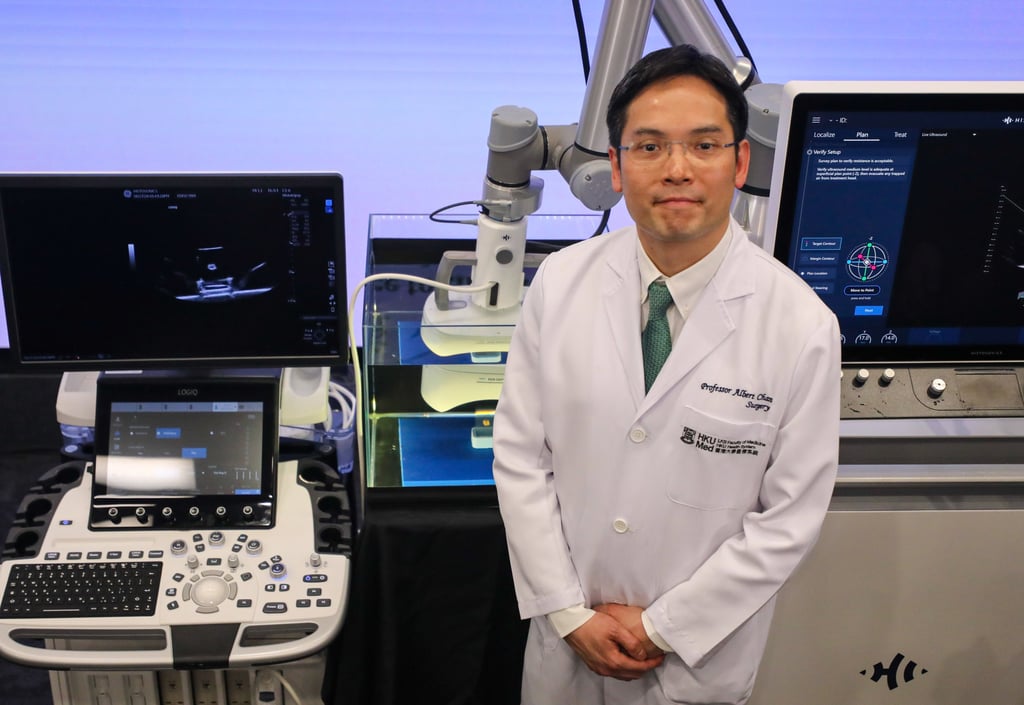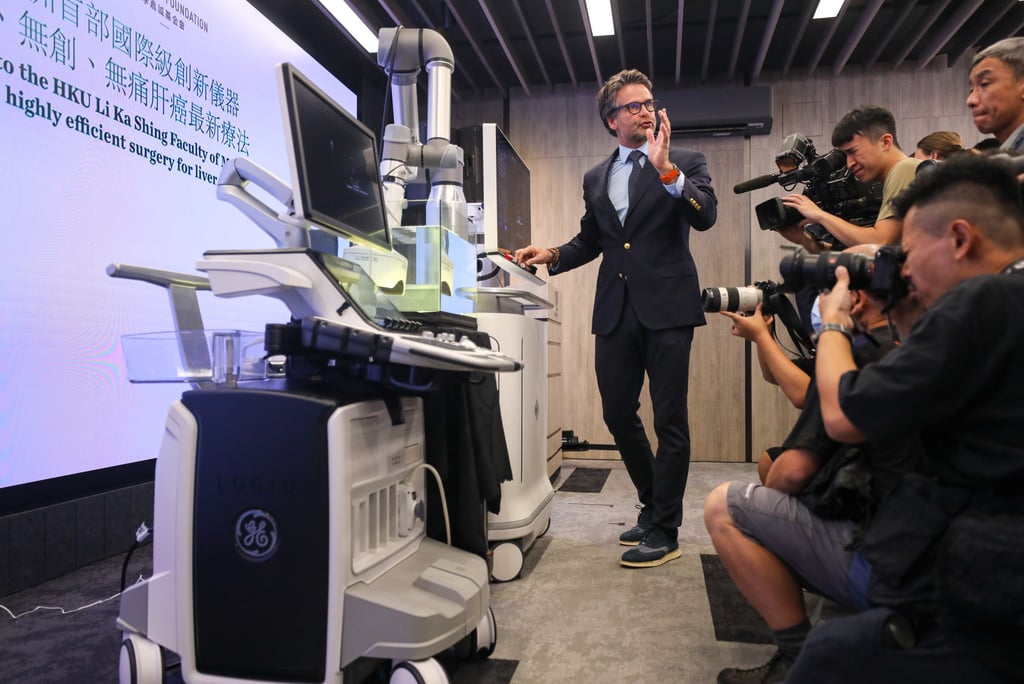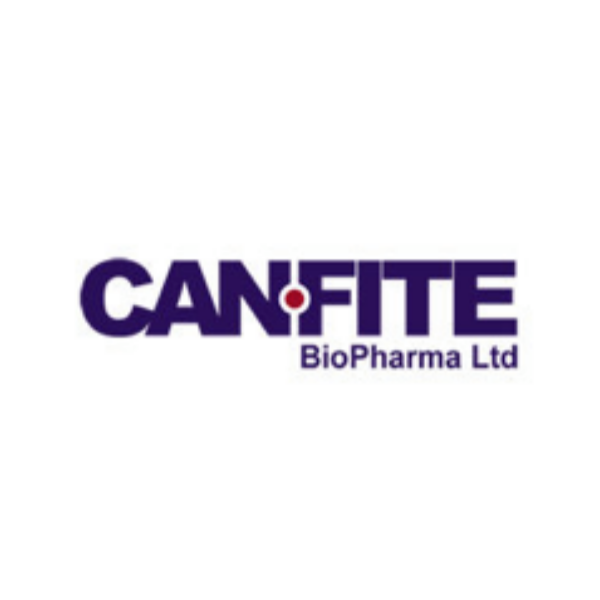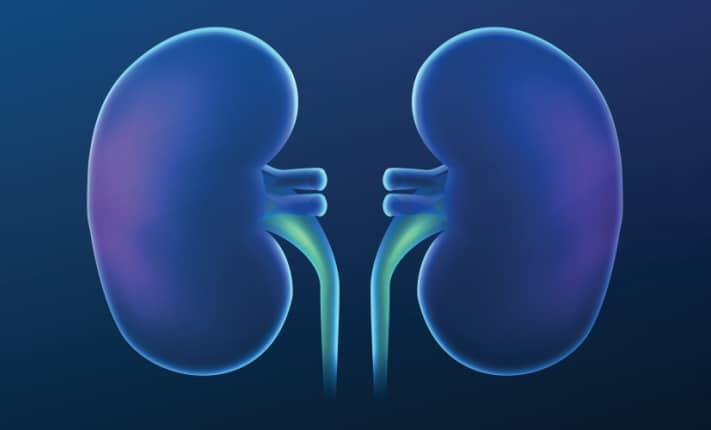Li Ka Shing Foundation funds non-invasive liver cancer treatment for Hong Kong patients

The non-invasive ultrasound treatment will be offered to 20 hospital patients free of charge over the next two years as part of a research programme led by the university.
The first patient is expected to start treatment this week.
“We hope that after the research programme, the treatment will be made regular and benefit more patients at public hospitals in the future,” said Professor Albert Chan Chi-yan of the university’s department of surgery.
Liver cancer is the fifth most common form of cancer in Hong Kong, with about 1,800 new cases and more than 1,500 related deaths recorded each year. More than 80 per cent of all cases were also diagnosed at a late stage.
Treatment options for liver cancer currently include surgical resection, liver transplant, ablation, radiotherapy, chemotherapy, targeted therapy and immunotherapy – all of which require patients to undergo a long recovery process.
Histotripsy is a non-invasive treatment that uses high-intensity ultrasound waves to precisely disrupt cancer tissue without damaging the surrounding healthy tissue.
The devices uses the targeted ultrasound waves to form microbubbles within the tumour.
The bubbles then rapidly expand and collapse, generating shock waves that disrupt and liquefy the targeted tumour cells.

The new device has an advanced precision treatment arm, a therapy transducer and a water bath.
The procedure, which involves no incisions or radiation, is painless and does not leave scars on patients who are not at risk of infection or metastasis – the spread of cancer cells to other parts of the body.
The treatment is considered more targeted and effective than traditional radiotherapy or surgical procedures.
Chan said the treatment also offered a speedier recovery, with patients able to be discharged on the same day as the procedure or a day later.
He added that each treatment using the new device costs US$8,000, or about HK$62,400.
The new technology was developed by the University of Michigan in 2001 and approved by the US Food and Drug Administration last year.
According to researchers, nearly 400 patients had been treated at US medical institutions using the new technology, with clinical data showing those who underwent the procedure recovered well after the operation.
They added that the patients had not suffered from any local recurrence of the targeted tumours or major complications, indicating the treatment was safe and effective.

Mike Blue, CEO of HistoSonics, the US manufacturer of the histotripsy system, said the new technology could also be used to treat other forms of cancer.
“It does not discriminate against the type of cancer. It will destroy any cancer cell,” he said.
Alongside the ultrasound device, the Li Ka Shing Foundation has also supported the training of six doctors and radiologists in using the technology by HistoSonics.
Another histotripsy system donated to the Chinese University of Hong Kong’s medical faculty is expected to arrive by the end of this year.
The foundation said it had set aside more than US$6 million as part of the donation of the two devices and patient treatment, as well as helping to cover the training of medical staff in the United States.
The organisation stopped short of revealing the exact cost of the new technology.
link






